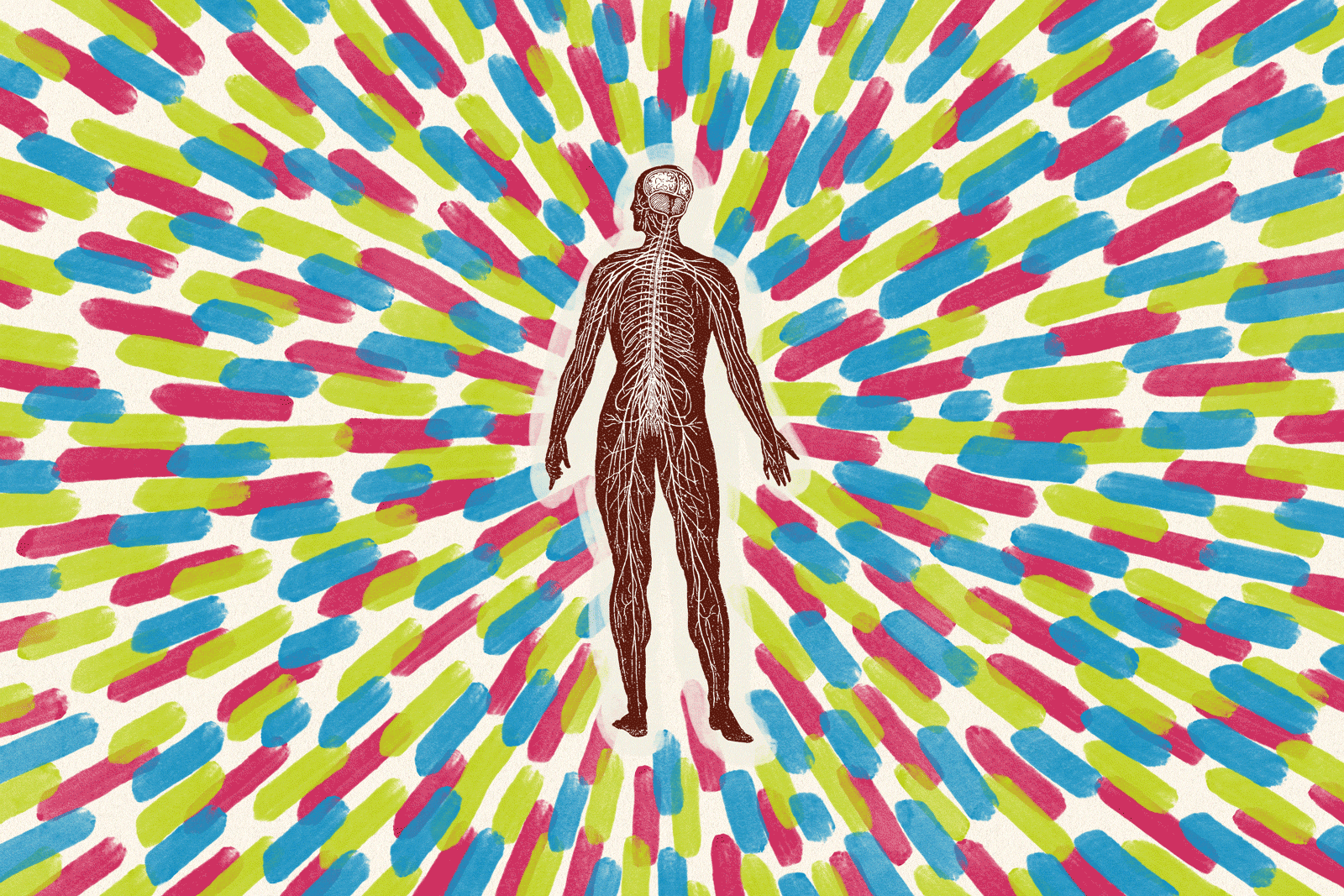A Guide to Psychotherapy by Gerald Amada (Madison Books: $8.95).
- Share via
That grand sorcerer, Sigmund Freud, took the stuff of the unconscious, the material of suppressed desires and early sexual drives, the filmy gauze of dreams and mixed them into the healing art of psychotherapy.
Today, the sorceror has many apprentices. Actually, San Francisco-based psychotherapy Gerald Amada says, there are 100,000 psychiatrists, clinical psychologists, psychiatric nurses and all manner of counselors, representing about 250 schools of psychotherapy.
These range in method and ideology from classical psychoanalysis, in which, amazing as it seems, asks the troubled patient to literally scream away infantile angst.
But what really is psychotherapy? In a nutshell, it’s the “intricate interaction between two or more complex personalities,” one seeking help, the other providing it in a confidential, supportive setting.
In his short, elegantly written and sweet-natured book, Amada(sp) cuts through a lot of nonsense. His concise chapters deal with choosing the right therapist (some people actually go to the Yellow Pages); the patient-psychotherapist relationship, the importance of dreams, which perhaps are not fully utilized in therapy--and reasons why psychotherapy succeeds and sometimes fails.
Amada sheds welcome light on the complex idea of transferance and illustrates how humor can help us roll with life’s punches, as well as gain “emotional distancing” from a specific problem.
When treating a gloomy geologist, who felt unappreciated by his family and friends, Amada(sp) told the patient he was really very “gneiss.” The play on the word “nice” established warm rapport.
But, above all, psychotherapy is a human relationship, and with abundant humanity and clarity, this expert makes a valuable form of self-knowledge accessible.
More to Read
Sign up for our Book Club newsletter
Get the latest news, events and more from the Los Angeles Times Book Club, and help us get L.A. reading and talking.
You may occasionally receive promotional content from the Los Angeles Times.








